The U.S. Patent and Trademark Office on Tuesday granted Apple a patent for polyphonic note detection, or the ability to parse out single pitches and tones from a plurality of voices, a technology that may make its way to an expected version of the company's Logic Pro music editing software.
Aptly-named "Polyphonic note detection," U.S. Patent No. 8,309,834 describes a method in which a polyphonic audio signal is converted and sampled against a reference note to distinguish individual voices.
Prevailing technology is limited to detecting single notes, such as a person singing or the picking of a single string on a guitar, which can be used for a number of audio applications like tuning, music creation and pitch correction. With polyphonic detection, a user would be able to tune all strings on a guitar with a single strum.
While there are certain algorithms on the market for digital audio workstations, such as Melodyne from Celemony, Apple has yet to include the feature in its own Logic DAW.
The patented method is clearly aimed at software, as it calls for a processor-enabled solution that breaks down a portion of a polyphonic audio signal by first converting it from a time domain to a frequency domain. Peak frequencies are detected using either a reference signal or a decibel threshold, and if a predetermined number of integer-interval harmonic partials are detected, a note is recorded. In other words, the system relies on harmonics, or harmonic partials, which are the basic result of resonant sound waves created by an instrument or human voice.
Fundamental frequencies, or the lowest frequency off of which harmonics and partials are based, act as a guide to which integer-interval harmonic partials are tested. If a fundamental frequency is detected, a note will be registered. The deviation from a perfect integer-interval can be tracked to find the inharmonicity, or distance from the nearest harmonic, in a polyphonic signal.
Three peaks at integer-interval harmonic partial frequencies must be detected to notate a fundamental frequency.
Illustration of a polyphonic audio signal and its peak integer-interval harmonic partials.Note fundamental frequency threshold at 30 dB.
When the system finishes detecting the particular notes, it can determine what chord is being played, if any. For example, if the notes detected are C#, E, G#, it would be determined that the polyphonic signal is a C sharp minor chord.
In one embodiment, the detection process described can repeated every 256 samples, or every 5.8 milliseconds for a CD-quality recording, which has a standard sampling frequency of 44,100 Hz. Implementations of the invention are also described in which MIDI notes are used for reference against the processed signal.
According to the invention, the process described can be repeated "until each note in the polyphonic audio signal has been detected."
Apple's patent can be executed by software-only, hardware-only, or a combination of both, meaning it has the possibility of appearing in an upcoming version of Logic. Beyond rumors, there has been little evidence that Apple's DAW will feature polyphonic note detection, however rival software does offer similar solutions as plug-ins or wholly-licensed technology.
 Mikey Campbell
Mikey Campbell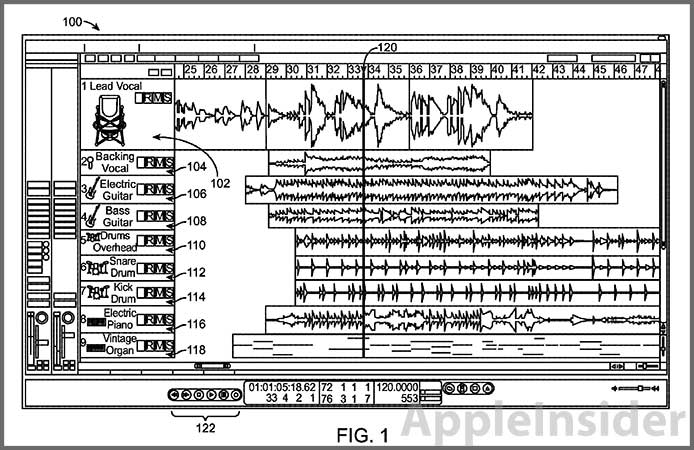

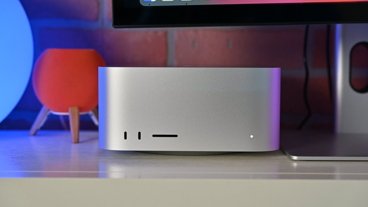
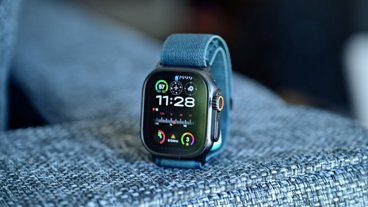
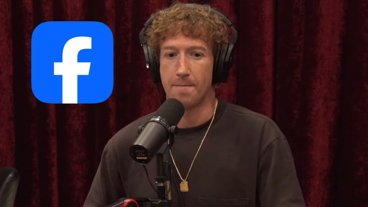
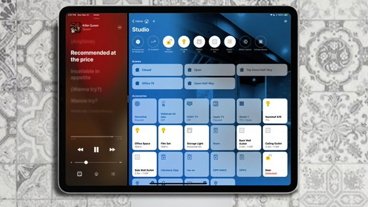


-m.jpg)






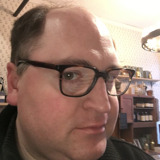 Stephen Silver
Stephen Silver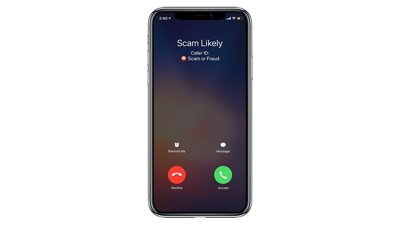
 Charles Martin
Charles Martin
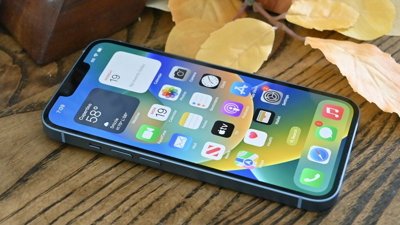
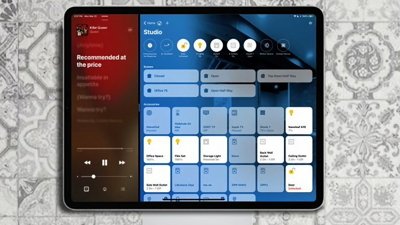
 William Gallagher
William Gallagher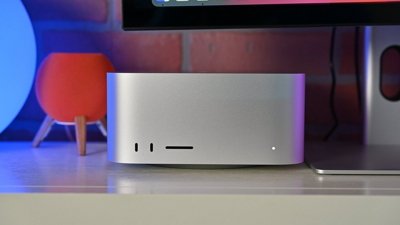
 Malcolm Owen
Malcolm Owen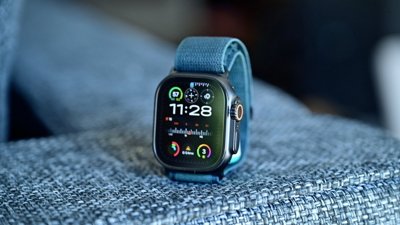
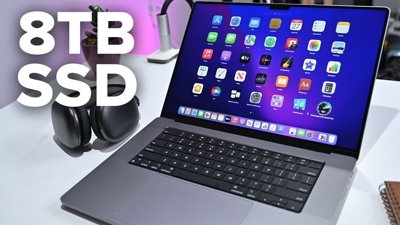
 Christine McKee
Christine McKee
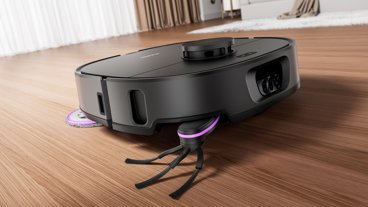
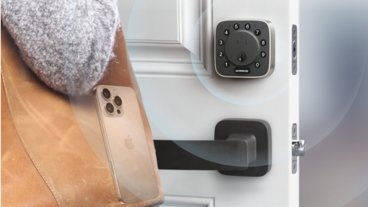







20 Comments
TC electronic of denmark already makes a hardware polyphonic tuner, called polytune... even comes as an app for iPhone.. I don't understand how apple can get a patent for an invention that has been already invented and turned into a real product that's been out for years. how does this work?
If this will be like the following software, it would offer a lot of contol over audio editing: http://www.engadget.com/2011/06/25/spectral-layers-promises-to-let-you-edit-audio-photoshop-style/
TC electronic of denmark already makes a hardware polyphonic tuner, called polytune... even comes as an app for iPhone.. I don't understand how apple can get a patent for an invention that has been already invented and turned into a real product that's been out for years. how does this work?
The patent will be for the precise method to create the end result, not the end result itself. There are many ways to skin a cat, and each method of skinning can be patented.
Could it be for specific voice detection out of several voices ?
Could it be for specific voice detection out of several voices ?
I was thinking similar.